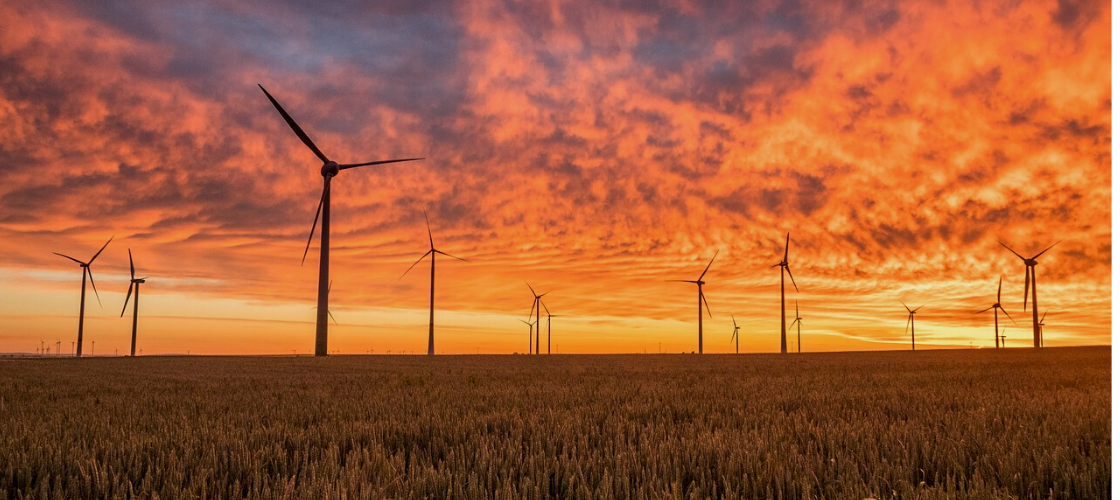Promoting livestock predator proof bomas to mitigate human wildlife conflict in Kipeto
Human Wildlife Conflict (HWC) is one of the major threats to wildlife conservation and community livelihoods. Within Kipeto windfarm and surrounding areas, livestock depredation by wild animals i.e., baboon, hyenas, leopard and wild dogs have been reported by landowners. This results to loss of livelihoods to the local community.On the other hand, poisoning of wild animals to prevent livestock depredation would result to death of vultures feeding on them.
Households affected by human wildlife conflicts within Kipeto windfarm have taken up some interventions to address livestock depredation. They reinforce livestock bomas/pens using tree stems and branches to protect livestock, mainly sheep and goats which are more susceptible to depredation. This however does not work well since predators still get access to the bomas.
KEP has developed a livestock protection plan to address cases of human wildlife conflict within the windfarm and its environs. This involves construction of predator proof bomas in selected areas to demonstrate to the local community on the steps and affordable materials required to develop structures that can prevent livestock depredation. The plan is meant to enhance knowledge of livestock keepers and motivate them to build their own “bomas”. This will help create a balance between conservation and community livelihood.
Kipeto is currently constructing 10 demonstration bomas within the windfarm and surrounding areas. The first predator proof boma was constructed at Bishop Simon Kereku’s land in Oloisirua area (one of the hotspot area for HWC) within Kipeto windfarm. This was a great relief to Bishop’s family who lost more than 10 sheep in one fateful night in 2020. The bishop narrates what happened that night; ‘It was raining throughout the night and some wild animals (suspected to be leopards) were roaming around my livestock pen’. ‘I kept checking on my livestock to ensure their safety but around 3am, I fell asleep as I thought the wild animals had disappeared’. ‘We woke up in the morning and found more than 10 sheep lying dead on the ground’. ‘They had injuries on most parts of their bodies and intestines were exposed’. The Bishop recalled how sad his wife was and she cried uncontrollably as she had been greatly involved in taking care of the family’s livestock which form their main source of livelihood. The matter was reported to Kenya Wildlife Service (KWS) who promised some form compensation. The wild animals kept coming back thus the family was forced to keep vigilant especially at night.
The Bishop and his family are grateful to Kipeto for choosing their land to construct the best, modern and secure predator proof boma which can hold more than 150 sheep/goats. During an interview, the bishop said that KEP has restored some joy and strength that was lost when their sheep were killed. With a smile on her face and bright eyes, Mrs Kereku, a mother of eight confirmed that their sheep and goats are now secure. ‘We can now sleep until morning as we are guaranteed that our livestock (main investment) is safe’. ‘We would have spent 5 years to save enough funds to construct a similar boma. May the God that we serve bless Kipeto.’ she said.
The boma constructed at Bishop Kereku’s family has formed a demonstration to the neighbouring community. Locals from the surrounding area have been storming in the area to see the boma. Most of those who have visited have made positive remarks and appreciated what Kipeto has done.
Constructing of additional predator proof bomas is ongoing in other areas for learning purposes. Community will be trained on other appropriate intervention e.g. use of lion lights and best herding practises to enhance livestock protection.

